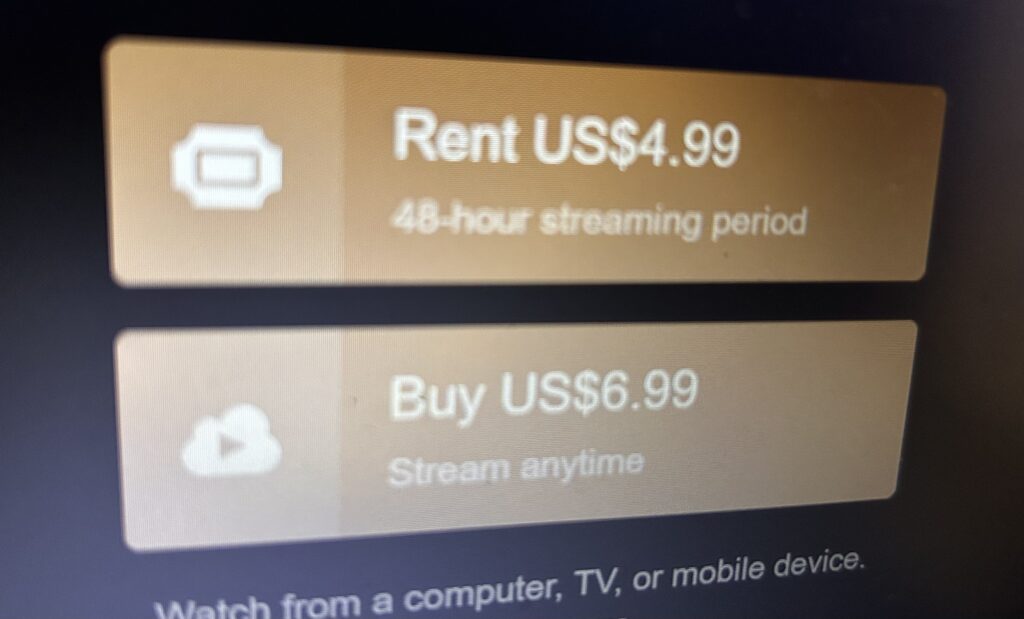At the heart of the matter lies the notion that short films are a stepping stone, a launchpad to the elusive world of feature filmmaking. This perception, however, has inadvertently placed a paywall (on some platforms) between audiences and these cinematic gems. But is this paywall justified?
Let’s consider the landscape. Platforms like Vimeo and YouTube have provided avenues for filmmakers to share their creations with the world, often at no cost to the viewer. This democratization of distribution has empowered creators, allowing them to bypass traditional gatekeepers and reach audiences directly. It’s a boon for emerging talents seeking exposure and recognition.
But what about the bottom line? After all, art has costs, and filmmaking is no exception. Equipment, crew, post-production – the expenses can quickly pile up. Shouldn’t filmmakers be compensated for their efforts?
Absolutely, but here’s the twist: the investment in short films transcends monetary returns. Instead, it’s an investment in the filmmaker’s future, a down payment on their journey to feature filmmaking. By offering their short films for free, creators are not only expanding their audience reach but also building a rapport with viewers and industry insiders alike.
Consider this: a short film serves as a calling card, a tantalizing glimpse into the filmmaker’s vision and potential. By removing the financial barrier to access, filmmakers are casting a wider net, inviting more eyes to witness their artistry. In doing so, they’re not just seeking passive viewers but active participants – individuals who might champion their work, recommend them to festivals, or even fund their next project.
Moreover, free access to short films fosters a culture of discovery and exploration. It encourages audiences to take chances on unfamiliar names and narratives, broadening their cinematic palate in the process. It’s akin to stumbling upon a hidden gem in a bustling marketplace – an experience that transcends transactional value.
Of course, this isn’t to discount the significance of monetization in the filmmaking ecosystem. Platforms like Vimeo On Demand and Amazon Prime offer avenues for filmmakers to recoup their costs and generate revenue. However, the emphasis should be on choice rather than coercion. If a filmmaker opts to put their short film behind a paywall, it should be a strategic decision, not a default expectation.
In essence, the debate over paying to watch short films is not merely a matter of economics but one of ethos. It’s about recognizing the multifaceted value of these miniature masterpieces – as catalysts for creativity, as catalysts for connections, as catalysts for change.
So, the next time you stumble upon a short film online, consider the story behind the screen. Think of the aspiring filmmaker pouring their heart and soul into those fleeting minutes of cinema. And if the option is there to watch for free, embrace it wholeheartedly. For in supporting the accessibility of short films, you’re not just consuming art; you’re investing in the future of filmmaking itself.


